Plant anatomy or phytotomy is the general term for the study of the internal structure of plants. Originally it included plant morphology, the description of the physical form and external structure of plants, but since the mid-20th century plant anatomy has been considered a separate field referring only to internal plant structure. Plant anatomy is now frequently investigated at the cellular level, and often involves the sectioning of tissues and microscopy.
Plant Anatomy
study of the internal structure of plants
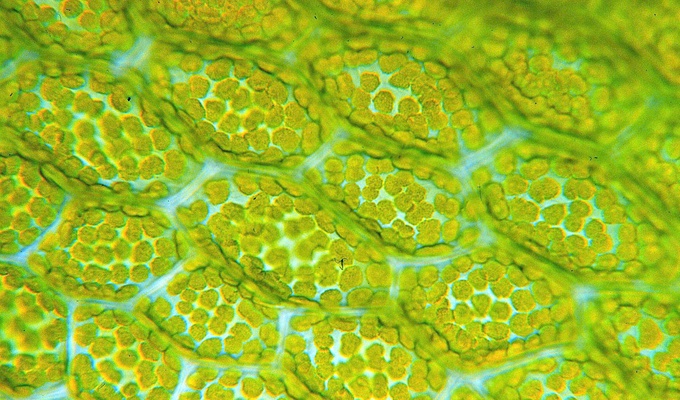
Examples
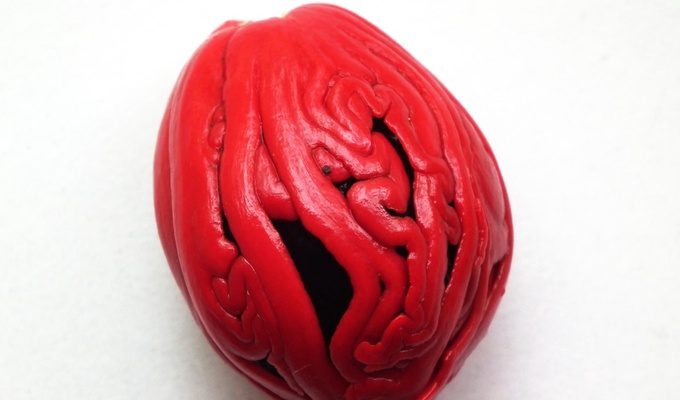
Aril
Fleshy growth around seed, as in pomegranate and lychee
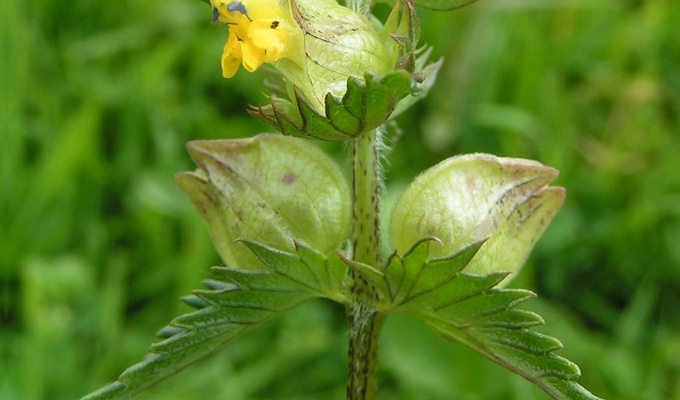
Bract
modified or specialized leaf, especially one associated with a reproductive structure such as a flower, inflorescence axis or cone scale
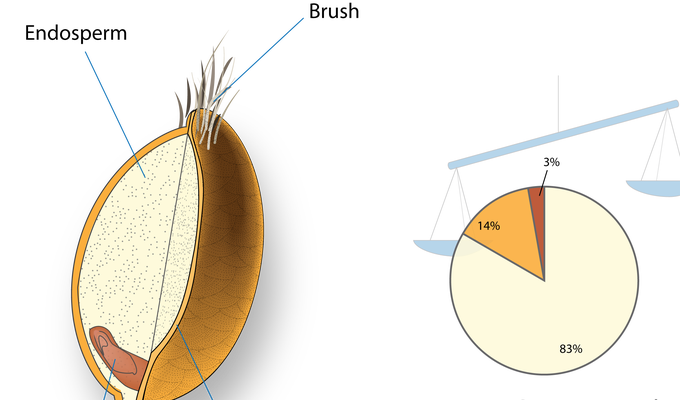
Bran
hard outer layers of cereal grain
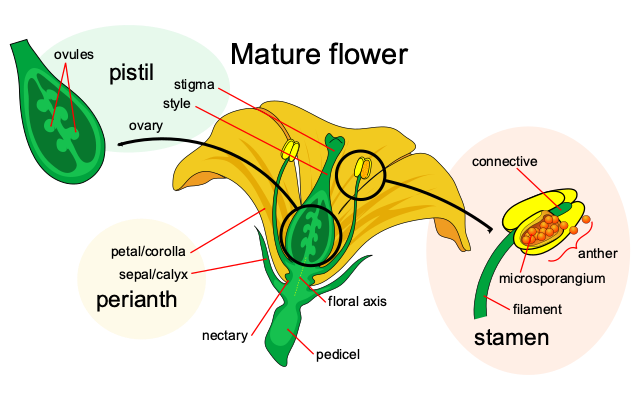
Calyx
Leaf-like structure at stem end of a fruit
Cellulose
Indigestible carbohydrate in plants

Cereal Germ
reproductive part that germinates to grow into a plant
Climacteric
Fruits that ripen after picking
Conifer needle
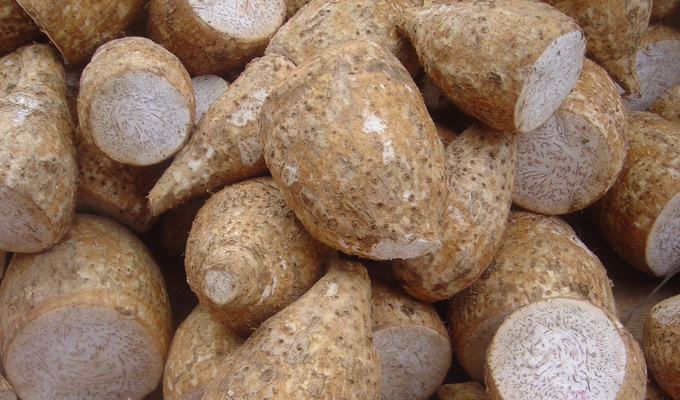
Corm
short, vertical, swollen underground plant stem that serves as a storage organ

Endosperm
tissue produced inside the seeds of most flowering plants
Hull
Hard outer coating of a seed
Non-climacteric
Fruits that do not ripen after picking
Rhizome
Underground plant stem, used as food or for reproduction
Sap
Fluid found in trees

Sepal
any of the separate parts of the calyx of a flower (excluding the bracts), usually green
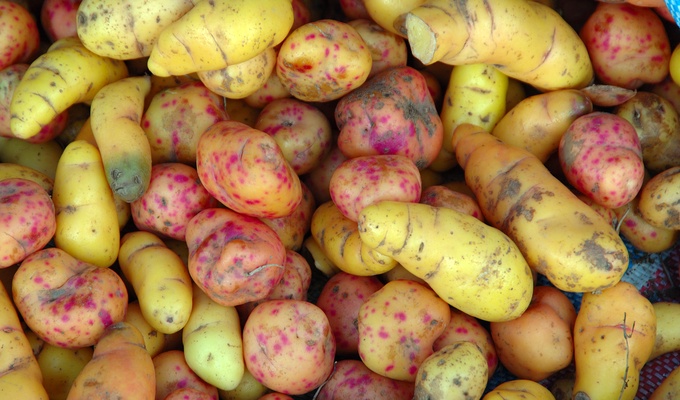
Tuber
Underground plant energy storage that is not a root
Categories:
Agriculture
Subcategories:
Aril
Bract
Bran
Calyx
Cellulose
Cereal Germ
Climacteric
Conifer needle
Corm
Endosperm
Hull
Non-climacteric
Rhizome
Sap
Sepal
Tuber
Also known as:
Wikidata ID:
Q4021
Wikipedia title:
Plant anatomy
References:
Article content licensed under CC-BY-SA; original content from Wikimedia Foundation; image data under CC-BY-SA from Wikimedia Foundation
ID: 1